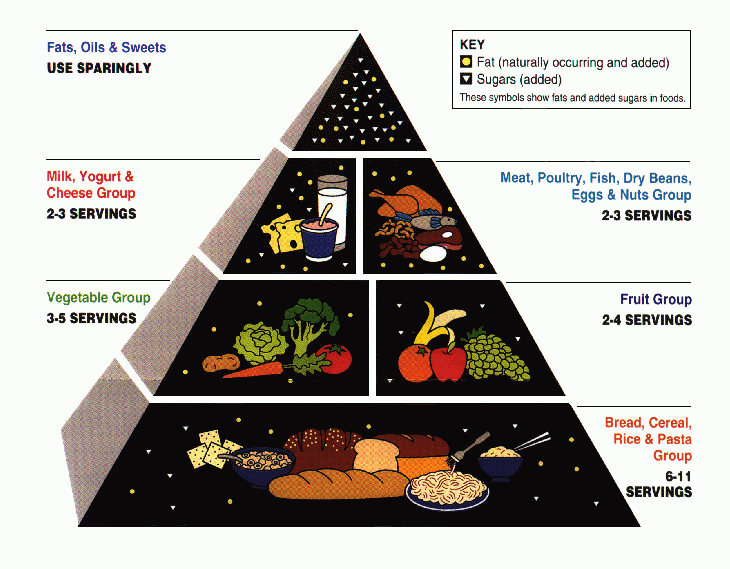Fetus development week by week
Fetus
development
week by week
1st Weeks to 2nd weeks
During the first two weeks, the egg and sperm meet and create the zygote, which then becomes a blast cyst and attaches to the uterus wall. The embryo then begins to take on a more human-looking appearance.
3rd Weeks to 5th weeks
Around week 3, the brain, spinal cord, heart and gastrointestinal tract develop. During weeks 4 and 5, the heart begins to beat, blood begins to move and bones, eyes, ears and arm and leg buds begin to form. The brain also begins its own development, forming into five areas with cranial nerves.
Fetus
Development
at week 4
6th Weeks to 7th weeks
Fetus Development
at week 8
8th Weeks to 12th weeks
During the eighth week, the face begins to form more, including eyelids, ears and other features. In the last three weeks of the first trimester, tooth buds appear and genitals become defined.
Fetus
Development
at week 12
13th Weeks to 16th weeks
In the first three weeks of the second trimester, lanugos–or fine hair–begin to develop on the head of the fetus, bones harden, muscles develop and the fetus begins to move on its own.
17th Weeks to 19th weeks
The fetus gains the ability to hear and moves so much that the mother can feel it.
20th Weeks to 23rd weeks
Fetus Development at week 20
24th Weeks to 25th weeks
In the final two weeks of the second trimester, footprints and fingerprints form, the fetus gains a startle reflex and the lungs form air sacs.
26th Weeks to 28th weeks
In weeks 26 to 28, the brain, nervous system and respiratory system develop, and the fetus’s eyelids are able to open and close.
29th Weeks to35th weeks
Fetus
Development
at week 30
During weeks 29 to 35, the fetus stores more body fat, the bones finish developing and breathing movement occurs, even though no true breathing is occurring.
36th Weeks
By week 36, the fetus is almost fully developed and can be born with no medical complications, although some are still possible depending on individual differences in development. In week 36, lanugos begin to slough off, and fingernails grow to the ends of the fingertips.
37th Weeks to 41st weeks

During the final three weeks, only small changes occur, such as the further shedding of lanugos, growth of fingernails and growth of hair on the head.
Fetus
Development
at week 38

























